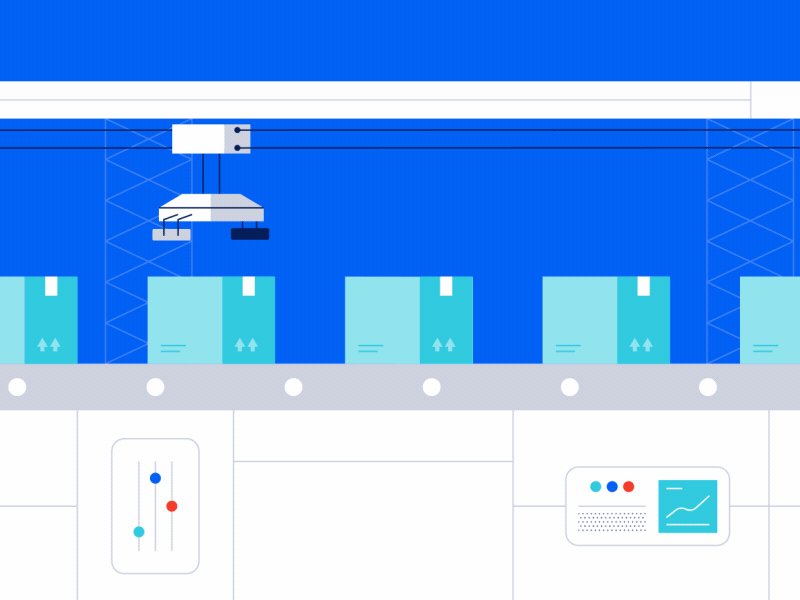It’s all fancy and crap to start a new startup that has an unique product that serves a solution to one or more problems for someone willing to pay for it. But where exactly to dig in for ideas or even existing problems that you can solve? I’m going to create this series of articles where I’m going to talk about the tools I use as a product designer to get inspiration, prototype new solutions and create consumer market products that you can launch and monetize for profit or turn it into a business.
In this article, I’m going to talk about the whole product building stages. What it takes to come up with a creative problem solving idea and then turn that idea into a product. More than information, this series is going to sum up my own experience in the product development and design industry. The hacks I used to get stuff done faster, technical aspects, budgeting and every skill it takes to turn your next idea into reality. So if you’re as excited as I’m, let’s dive into it!
Stages of Product Creation
- Idea: The foremost important thing to have is the idea, or at least a vision to solve something creative. It doesn’t have to be unique, it just has to viable. We call it the MVP (Minimum Viable Product). Remember, you can’t be all over the place with this one. You can’t have many solutions for one problem or many problems and many solution in your MVP. Focus on one problem-one solution.
- Planning: The next thing is to plan out the ins and outs about your building process. Start asking yourself questions and start writing your thoughts. Is it a digital or physical product? What market would it relate to? How much is it worth? How much can people pay for it? How will you manufacture it? Would it be feasible? Can it be improvised on some existing product or would you have to start from scratch?
- Design: These is the stage where you start drawing your product and see it visually for the first time. Design could include sketches, 3D models, Clay structures or Templates, mockups and frameworks if its digital.
- Proof of Concept: This is the first bare minimum working prototype you make. If it’s a tangible product, you make sure the process you claim the product to do works. It works just enough so you can prove the idea works. For digital assets, it could be a rough draft of a book to get a feel, first software program or a website mockup.
- Prototype: Taking it to the next level, creating a prototyping is where you make sure not only does your product works, it also features all the extra things that you intend to do with it without affecting the original solution. Make few prototypes each getting closer to the finished product.
- Industrial design: This only applies for tangible products if they’re going to be manufactured. You have to created industrial planning and designing to figure out how exactly your product tooling would be done, how would it be manufactured in the most cost effective and fastest way.
- Testing: This process goes on loop. Once you get the finished product, you test it through different environments and setup to make sure it’s durable, tangible and reliable enough for the consumer market. For digital products it means to continue bug testing, removing errors and correcting design mistakes.
- Licensing: All the licensing that would be required to start selling and making profit off your product comes at this stage. Will talk about licensing in details in its appropriate article.
- Shipping and Marketing: I like these two things to go together because not only that you’re committing to ship (deliver) a product to the market, you’re also making sure your market sees it. In order to do that you have to continue taking notes on marketing, audience behavior and optimizing your ad strategy for the maximum outbound sales.
This is an overall idea about product development. Over the course of next couple of months, I’ll sharing the learning curves, my mistakes and my hacks to create products faster and deliver it to your desired audience.
Artwork:

Leave a Reply